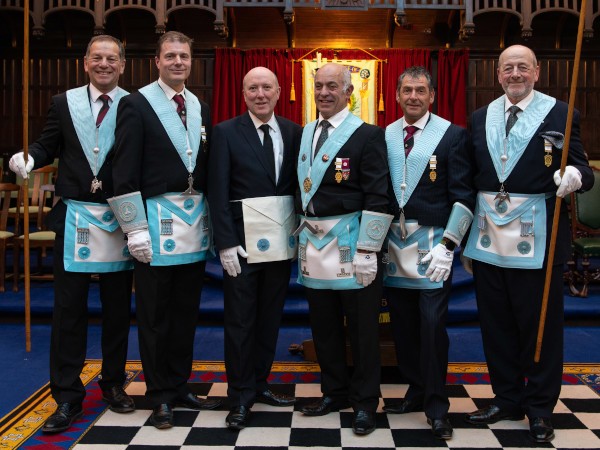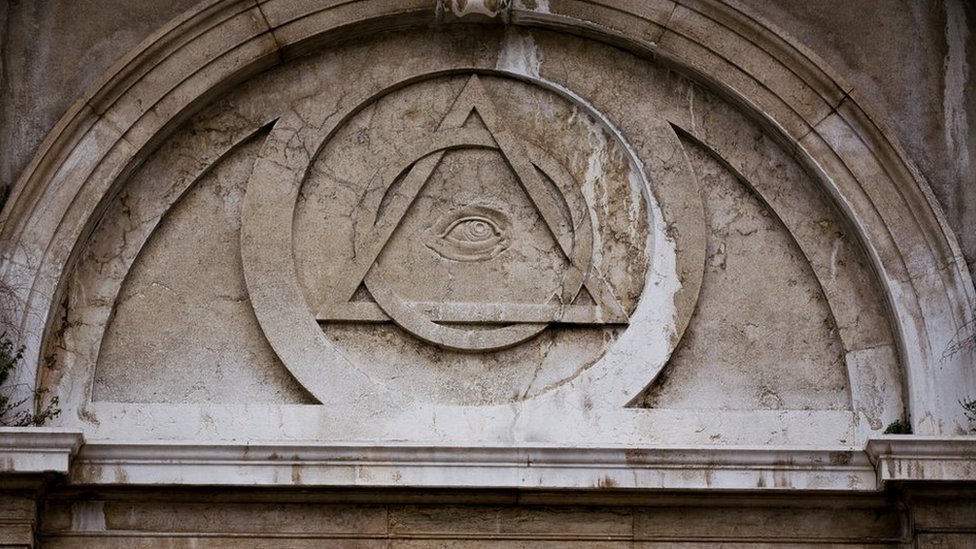Learn the Details Behind the Membership Process to Join Freemason Easily
Learn the Details Behind the Membership Process to Join Freemason Easily
Blog Article
Checking Out the Mysteries of the Freemason: What You Need to Know
The Freemason, a term usually shrouded in intrigue and dispute, stands for a complex tapestry of historical reality and modern myth. Developed in the late 18th century, this secret society was at first rooted in the Enlightenment's ideals but has given that ended up being identified with conspiracy concepts about elite control. As we navigate the origins, essential numbers, and the stark contrast between misconception and fact, one have to consider just how these narratives influence contemporary understandings of power and secrecy. What could be exposed with a better evaluation of these aspects could test long-held assumptions about the darkness that stick around in our culture.
Origins of the Freemason
The origins of the Freemason are steeped in a blend of historic intrigue and ideological eagerness. Developed in 1776 in Ingolstadt, Bavaria, by Adam Weishaupt, the team was originally developed as a secret society aimed at advertising Knowledge perfects such as reason, secularism, and the splitting up of church and state. Weishaupt, a professor of canon legislation, sought to test the dominating authority of the church and state, which he considered as overbearing institutions stifling intellectual and individual liberty.
The Freemason looked for to hire significant members from various social industries, consisting of national politics, academic community, and the arts, to promote a network dedicated to these Enlightenment concepts. The culture operated under a veil of privacy, utilizing coded language and routines to safeguard its participants from oppression, especially given the repressive climate of the time. Nonetheless, the Freemason faced significant resistance from both governmental authorities and religious organizations, which watched the team as a risk to their power.
Secret Figures and Members
Who were the crucial figures that shaped the Freemason's early influence and instructions? The Bavarian Freemason, founded in 1776 by Adam Weishaupt, emerged as a reaction to the overbearing social frameworks of the time. how to become a freemason. Weishaupt, a regulation professor, visualized the organization as a way to promote Knowledge ideals such as factor, secularism, and equal rights. His initial recruitment initiatives consisted of influential pundits, such as Baron von Knigge, who played an essential duty in broadening the group's subscription and business structure.
Another considerable figure was Johann Gottlieb Fichte, a prominent theorist whose ideas on nationalism and education and learning reverberated with the Freemason's goals. Although Fichte was not a formal member, his philosophical supports influenced the team's ideological background. In addition, numbers like the author and philosopher Johann Wolfgang von Goethe were connected with the more comprehensive intellectual movements of the time, although their straight participation with the Freemason stays disputed.
These essential figures contributed to the Freemason's very early instructions, pressing the limits of political and social thought, while their collective efforts intended to test established standards and promote a climate of dynamic change in Europe.
Myths vs. Truth
Numerous misunderstandings surround the Freemason, frequently blending reality with fiction in a method that covers its true nature. This secret society, initially established in 1776 in Bavaria, aimed to promote Enlightenment ideals and battle spiritual and political oppression. The idea that the Freemason remains to put in significant impact over world occasions is a myth. While the group did exist, it was dissolved in the late 18th century and has not operated as a cohesive entity considering that then.
An additional common misconception is that the Freemason makes up a network of elite individuals adjusting worldwide affairs. In fact, numerous conspiracy concepts exaggerate the group's relevance, connecting misguided intentions to social fads and events. This has led to an oversimplified sight of complicated problems.

Modern Interpretations
Contemporary analyses of the Freemason usually show wider societal anxieties and a fascination with privacy and power. This contemporary lens often connects the Freemason with conspiracy theories that suggest a surprise elite orchestrates world occasions, manipulating federal governments and economies for their own gain. Such narratives tap into a deep-seated suspect of authority, especially in times of dilemma or social upheaval.

Additionally, some modern-day interpretations frame the Freemason as an allegory for the intricacies of globalization and the interconnectedness of influential people and organizations. This viewpoint motivates an important exam of exactly how power dynamics operate in today's world, highlighting the balance in between openness and secrecy in governance and company practices.
Social Impact and Heritage
Influenced by centuries of intrigue, the social influence and tradition of the Freemason expand much past its historical beginnings. This secret society, developed in the late 18th century, has permeated various facets of pop culture, from literature and film to music and art. The principle of the Freemason has actually developed right into an icon of conspiracy theory concepts, often standing for a perceived covert power controling international events.
In literary works, authors like Dan Brown have woven the Freemason right into detailed plots, captivating visitors with themes of privacy and power. Movies such as "National Prize" and "The Da Vinci Code" even more bolster the allure of the society, mixing reality with fiction to develop engaging narratives.
The Freemason's influence likewise expands right into songs, with musicians referencing the company to evoke styles of rebellion and social critique. This representation has added to an attraction with the concept of clandestine teams regulating the bars of power, reflecting societal stress and anxieties about authority and openness.
Inevitably, the Freemason's legacy is a complex tapestry of misconception and reality, forming understandings of privacy and control in modern discourse. Its long-lasting existence in society underscores humankind's seasonal quest for understanding surprise realities.
Conclusion
The expedition of the Freemason exposes a complicated interplay in between historical facts and modern myth-making. Established in the Enlightenment age, this society aimed to challenge oppressive a fantastic read structures, yet its heritage has been outweighed by conspiracy theory concepts that recommend elite manipulation. Recognizing the differences in between the initial perfects this contact form and modern analyses is vital for understanding the enduring attraction with the Freemason and its substantial impact on cultural narratives bordering power and privacy in culture.
Report this page